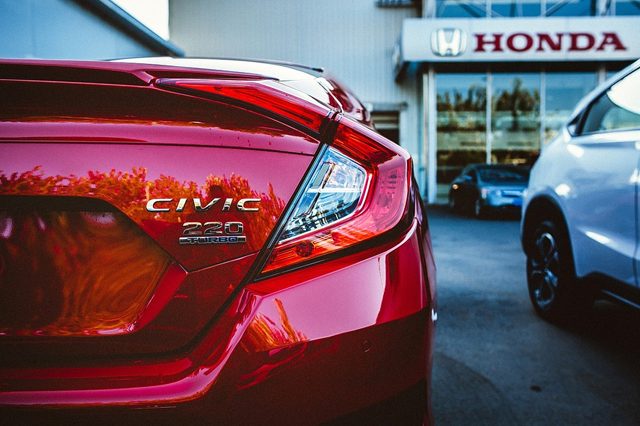Currently, the vast majority of cars now have systems that facilitate parking as standard, something that is very useful for many drivers.
However, it may be the case that your car is a certain age or that when you bought it you preferred to cut costs by avoiding installing a parking assistant. However, this does not mean that you cannot have this type of parking system. In fact, there are very cheap options that will help you when parking your vehicle.

It is never too late to mount a parking sensor, and for this reason throughout this article we are going to explain the steps you must follow. Once you have chosen a parking attendant, you must follow the steps that we are going to detail below.
Instructions for installing a parking sensor in the car
If you want to know how to install a parking sensor in the car, you must follow a series of steps, which are the following:
- Remove the rear lights. In many vehicle models, to remove the bumper, you must first remove the taillights. They must be accessed through the trunk, bearing in mind that they are held in place by screws. If you need to pry, remember to use a screwdriver wrapped in a cloth. In this way you will avoid causing damage to the bodywork.
- Take current and earth from the pilot. Using the mustimeter, proceed to find the taillight pilot ground and signal. You must have the contact on and the reverse gear greased for this. Once the signal and ground have been found, strip the cables to connect the control unit cables to them.
- Mark where the sensors will go. You must mark the points where you will place the camera, in the center, and the sensors, on the sides. You must place them at an indicated height, it being advisable that they are about 45-65 cm from the ground.
- Remove the bumper and drill. The rear bumper will be held by screws, which will be located in different places depending on the model and brand. If you can’t find them, you’ll need to consult the vehicle manual. Later, using a drill and a special bit, you must make the holes in the frame points. Do it very carefully to avoid damage to the bumper. Then go over the area with a file.
- Fit the sensors and the camera. The sensors and the camera must be placed in the holes previously made. It will be enough to do a little force so that they come under pressure. All of them have on their back the Up mark on the sensors and an arrow on the camera; and these indicate the direction in which they should be placed on the bumper. Once this is done, it is time to connect the camera and the sensors to the cables that will go to the control unit. Then secure all of the wiring to the back of the bumper with zip ties. This is important to prevent the cables from hitting the bumper while you are driving.
- Inside wiring. To pass the wiring from the bumper to the interior of the trunk you have to find a hole that is next to a rubber cover that is responsible for communicating the bumper with the cargo space. Once it is located, you will have to pierce the plug to insert through the entire cable. It is recommended that you place the insulating tape around it to achieve greater airtightness. Once this is done, you can put the bumper back on.
- Installation of the switchboard and the buzzer. The next step is to remove the side panel of the trunk to place the control unit and the acoustic warning device in that area. You must remove the lining of the loading mouth; and then remove the side panel and pull until the staples come loose.
- Final steps. Once the above is done, it will be time to plug in all the cables of the parking assistant. Next you will have to pass the screen cable to the front for installation on the dashboard. Fasten this cable with cable ties to ensure a good hold. Then you will have to remove the rear seat, leading the cable through the bottom of the side panel. Remove the front door sill liner and pull until the staples release to make the wire reach the fuse box. Once you have placed the wiring to the dashboard area you will have to remove the cover of the fuse box. Then use the mustimeter to locate the direct current and a mass for the connection of the cables that will be responsible for powering the screen. Finally, you will only have to place the screen and pass the wiring from the fuse box to the area where you want to place it. Finish by placing everything you removed, such as bumpers, pilots…
What do you need to install a parking sensor in the car?
- parking sensors
- Drill
- mustimeter
- Meter
- Pliers
- cutter
- Screwdriver
- Lime
- Insulating tape
- Tools to remove taillights, bumpers and boot liners








